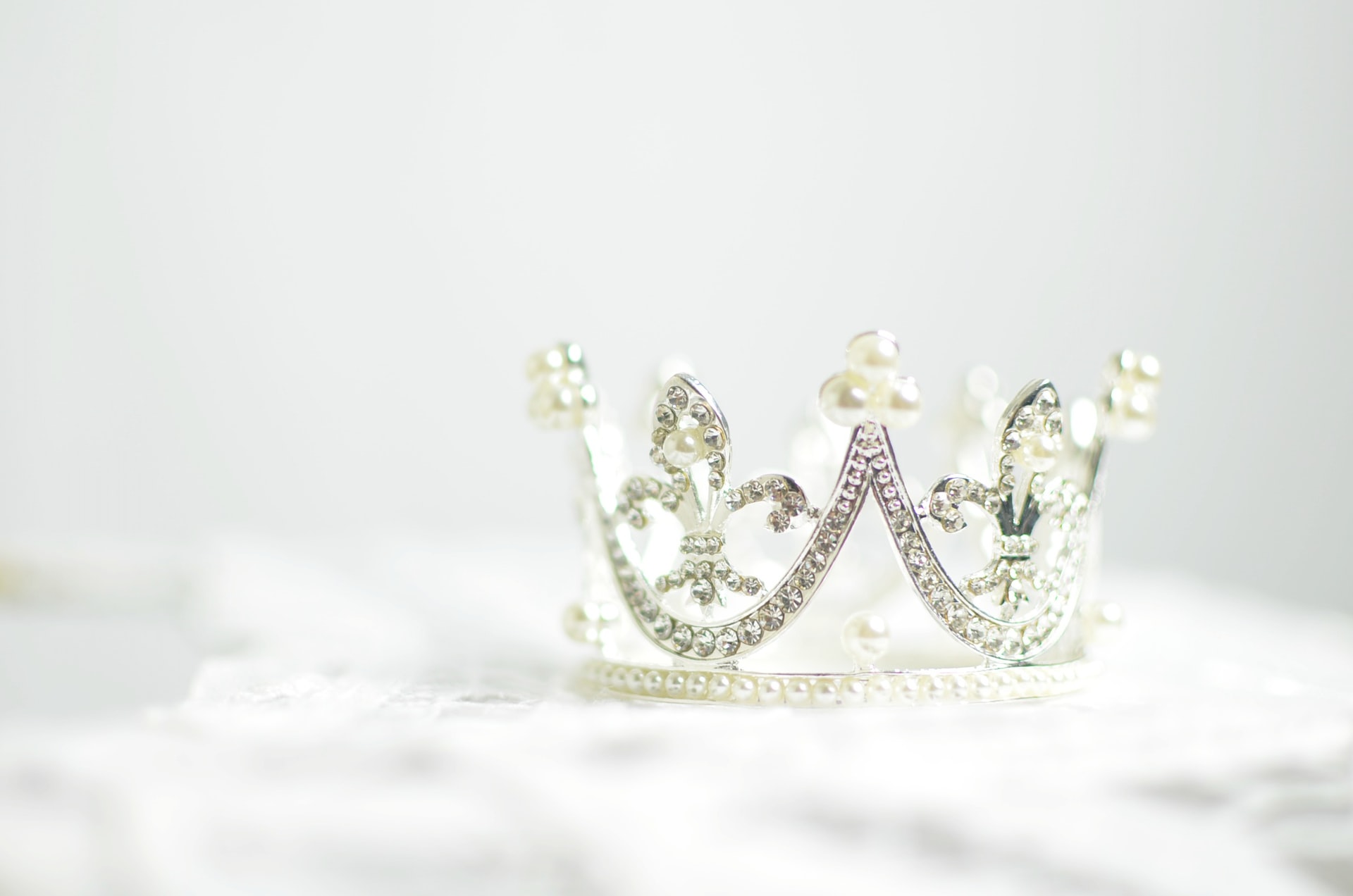

The practice or trade of designing and making jewellery is known as jewellery design. This is one of the earliest examples of decoration in culture, dating back at least 7,000 years to Mesopotamia and Egypt’s oldest known human civilizations. From basic beadwork in ancient times to intricate metalworking and gem cutting in modern times, the craft has taken many forms over the years. A jewellery designer skilled in the architectural and practical knowledge of materials, fabrication processes, composition, wearability, and label, creates extensive technical sketches before an item of jewellery is made.
Traditional hand-drawing and drafting techniques are still used in jewellery design, particularly during the conceptual stage. However, computer-aided design programs are becoming more popular. Rather than a professional craftsman actually translating a hand-illustrated gem into wax or metal. A CAD model is sometimes used as the foundation for a CNC cut or 3D printed ‘wax’ pattern for rubber moulding or lost wax casting.
Following the completion of the conceptual/ideation phase, the template is made and constructed using the appropriate materials for proper adaptation to the object’s purpose. Since it was more available than silver as a source material, 24K gold was used in ancient jewellery design. Many civilizations used beads in their jewellery until the 1st century. The practice of jewellery ornamentation and design changed after gemstones were discovered and gem cutting became more widely available. The first recorded gemstone cut was made by Theophilus Presbyter, a goldsmith who studied and produced many applied arts. Later, in the fourteenth century, developed medieval lapidary technology.
Drawing your own jewellery designs can be useful in a variety of situations. Perhaps you’re training to be a jewellery designer or starting your own handmade label and want to learn how to put your ideas on paper. Maybe you have a concept for a custom piece of jewellery that you’d like to have created, and being able to express the idea more effectively would aid the jewellery maker in creating the piece you’ve pictured. Or maybe you have a passion for design and jewellery and want to create some artwork to decorate your home. Whatever the situation, watching this new series will assist you in achieving your objectives.
This article will focus on the art and techniques of drawing jewellery, in which we will go through the main topics to consider before picking up the pencil.
Perspective is an important idea to grasp because it will make or break your ability to express your design. The good news is that when drawing jewellery, you just need to use a one-point view, which means things won’t get too complicated.
It cannot be overstated how important it is to scale the designs correctly when drawing them. Clips, necklaces, bracelets, and earrings are usually drawn at a 1:1 ratio since they are small objects that fit perfectly on a sheet of paper (meaning true to life). However, you may want to adjust the scale sometimes, for example, to get a better look at the tiny gems or features by drawing a more significant piece. It’s always important to pay attention to the size you’re using on the drawing, but it’s essential for closeups.
The same can be said for proportions. If you don’t keep proper proportions, the pattern will lose its form and become a completely different product. Clips, earrings, and necklaces are so tiny and intricate that even a subtle change in proportions will make a significant and visible difference for the best or the worst.
This one is more about creative freedom and personal preference. You may want to build something simple and small or something large and extravagant, depending on the piece’s role and intent. In terms of practicality, you’d like the style to be wearable and comfortable. Still, your goal may be to make an artistic item that isn’t intended to be worn every day and isn’t expected to be comfortable, such as a bulky necklace with many large jewels. As a result, you should think about wearability and comfort but not strictly adhere to them.
If you are passionate about jewellery designing, learning from the best institutes becomes necessary to stand apart from the crowd. JD Institute Of Fashion Technology is one of the best institutes providing jewellery designing courses with subjects like design thinking and process, jewellery illustration and rendering, metallurgy and gemology studies, design realization, etc. Along with other courses, all of which are industry-based or focused on providing an environment to the students where they are ready for the real world beforehand, for example- an international exchange program, learning from industry experts etc. with reasonable jewellery designing fee. Due to their exemplary contribution to education, JD Institute has been awarded various token of appreciation such as the times’ power icon award, international glory award, best vocational education institute of the year and many more. They also reflect a record-breaking placement of 99%, reflecting a perfect balance between talent and opportunity with their students working for top companies such as Tommy Hilfiger, Zara, Sabyasachi and PepperFry, to name a few.
Candidates are chosen using a general aptitude test (GAT) developed by the department to evaluate their technical or creative abilities. By providing helpful advice, the JD council will help you make contact with the college and other students after graduation. It represents the organization’s goal of assisting participants in extending their business opportunities by creating a well-organized, supportive, and informative referral network that assists them in forming meaningful and long-term relationships with quality industry professionals. Enroll now to take advantage of this fantastic chance.